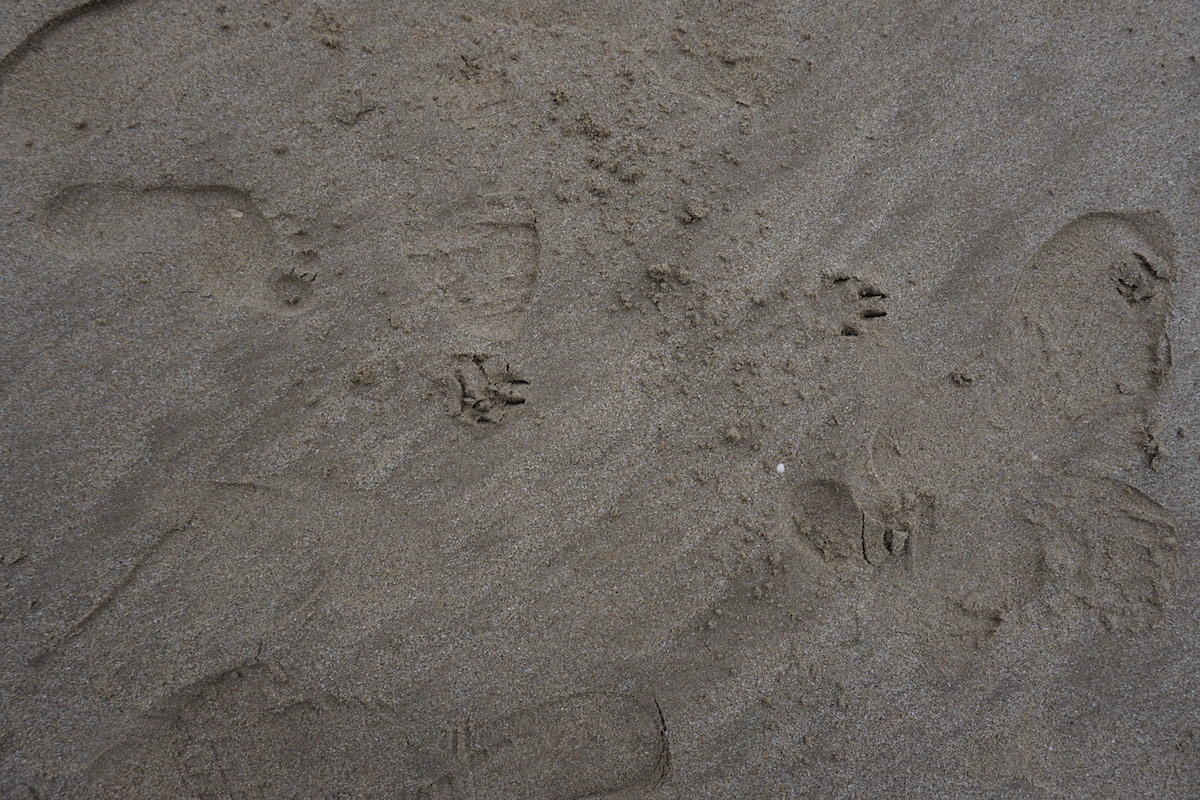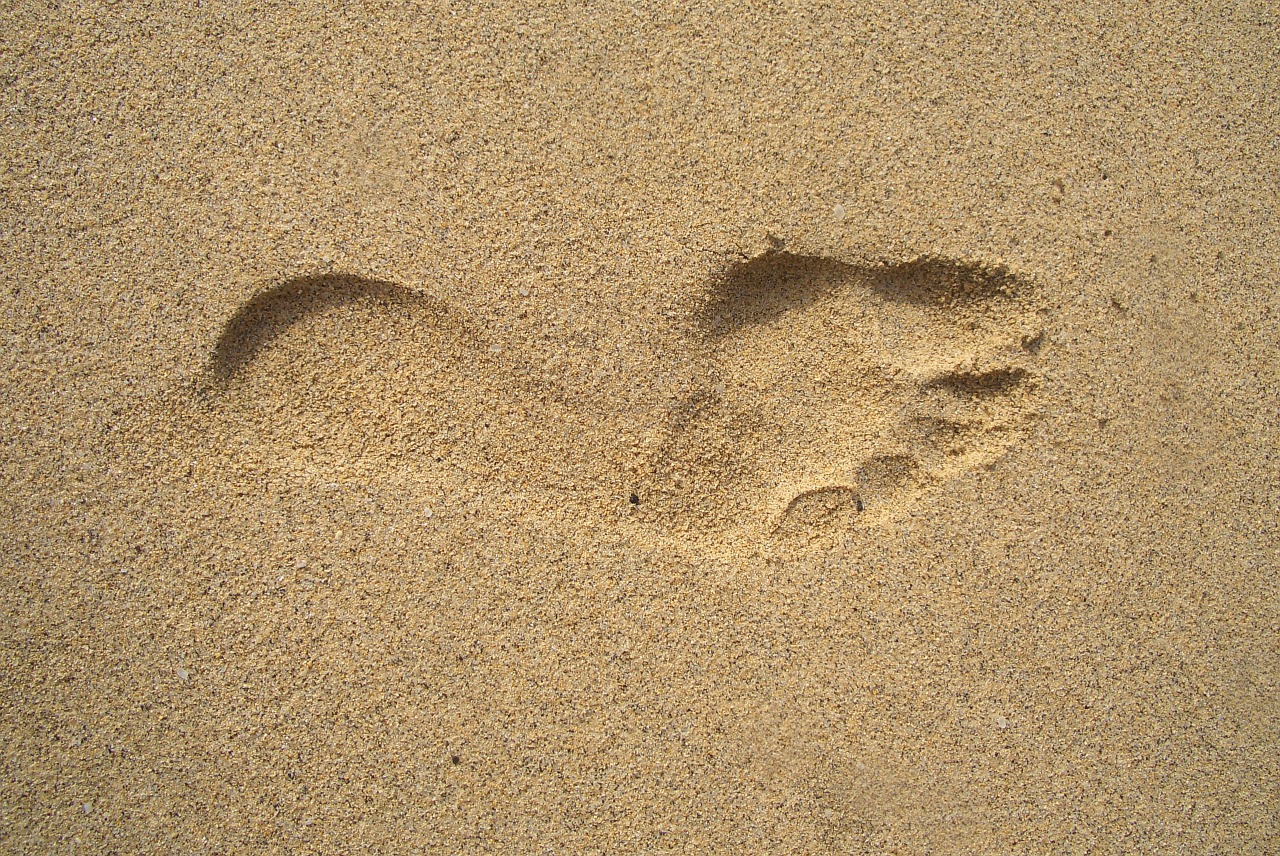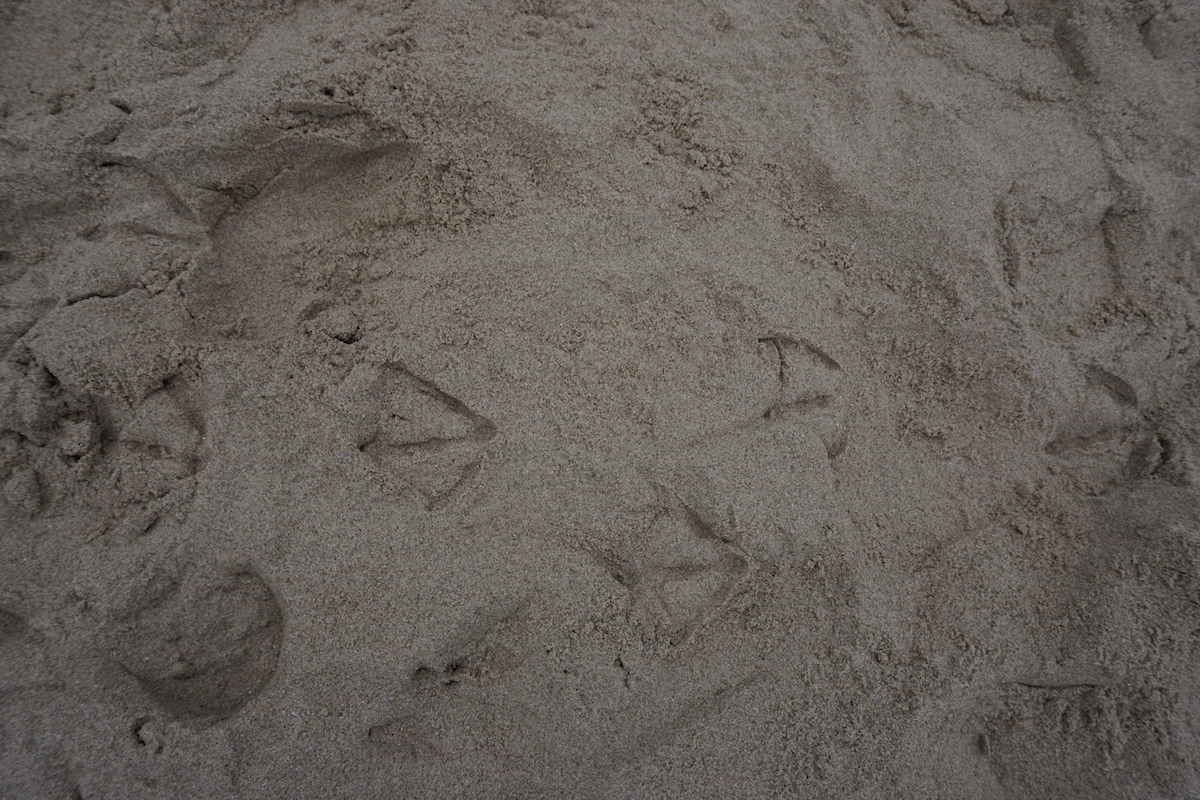What Is Tracking – It’s Not So Complicated Thinking Like This

As the tracker moves up the hill towards the den the tell-tale signs unravel a story. The “spoor” (sign) at the entrance signifies a presence within and judging by the size of the tracks on the approach, it was probably caused by the male of the species.

Observing the den it is evident that the “quarry” (prey) has entered from the rear opening. It is easy to see that the movement was recent because a light shower has left the tracks visible across the hard surface leading to the rear.
Peering inside the den reveals feeding sign littering the first chamber, an area normally left immaculately clean. This is more substantive evidence that the quarry is male because the female of the species is particularly clean in its habits.
Looking around there is little more to be seen but a faint noise can be heard deeper in the den indicating that something is still present. Moving through the empty first chamber the tracker finds the resting area still warm to the touch and the “bedding” in dis-array.
Looking around the tracker examines the available options. To the left is a ‘gate’ barring the way to the main feeding chamber, to the right is an opening. Probing forward cautiously through the opening the trail soon offers more options. To the right there is a climb up to the sleeping chambers and a small latrine area, to the left the passage to the front entrance of the den.
Small particles on the trail and discarded items strewn at the top of the climb catch the eye of the tracker and the pace of the pursuit becomes more urgent. The previously muffled sound is now loud and resounds throughout the den.
In just a couple of quick, sprightly steps the top of the climb is reached. Passing the latrine area the tracker notes sign that it has been used recently. Presented now with two more options, the “gate” to the main sleeping area lies ajar; the “gate” to the smaller sleeping chamber is soundly closed.
Ears as well as eyes now assimilating all the evidence our tracker peers into the open sleeping chamber. Ever conscious not to wake the sleeping beast she observes the quarry now lying curled up, snoring contentedly before her.
So who is this amazing tracker? Is it a Bushman woman or an Australian Aboriginal? No, it is simply my wife, tracking me through our home and this brings me to the subject of this article, what is tracking?

The many books on the subject will tell us “Tracking is the assimilation and interpretation of spoor leading to the successful pursuit of a quarry” or words to that effect.
Much has been written on the subject of tracking. To many it is an art form shrouded in mystery, sustained by the passage of knowledge from generation to generation in ancient societies.
Some consider that only truly indigenous peoples, or those lucky enough to have a mentor from such cultures, are capable of tracking. Personally, I hold a different view. I consider that it is nothing more than familiarity.

In depth familiarity of the species and the environment in which it is tracked are the requirements for a good tracker, hence the analogy of my wife and our home.
My wife would be the first to agree that she has never been taught to track. She wouldn’t think that she had the first idea about the subject, yet she can track me (her quarry) around our house (her environment) as well as any Bushman can track a Dik-Dik or Kudu around the Kalahari.
How is this? She has an in depth knowledge of her species, me. We have been together for 23 years! She also has detailed knowledge of her environment, our home. We have lived in our house for 14 years! She knows when even the smallest item is out of place or amiss in her environment.
This is the reason I commence all my teaching with man tracking. We are all familiar with our own species. We have a reasonable knowledge of how people act and we can predict fairly accurately what they are likely to do next.
Consequently, should we loose the spoor, we are likely to anticipate there next action and pick it up again as we can build a picture about them by the sign they leave.
Teaching tracking of our own species isn’t always to everyone’s liking. People attending bushcraft courses usually want to learn about nature. They want to follow Fallow and Roe or observe a Badger sett. These are indeed all the things I want them to do and take great pleasure in doing myself.
We all have to start somewhere however and without the whole course having an in depth knowledge of any one species we wouldn’t get far. Knowledge of an individual species or its environment takes time to learn and only comes with practice and experience. On most courses there isn’t enough time to teach students about one species or its environment to any great depth of knowledge.
Also, you cannot simply book a fallow deer to turn up at 9am so that the course can follow and study it. Similarly you cannot request a sunny day so that you can learn the use of light when tracking. You cannot book nature, full stop!
But you can teach the procedures necessary to follow any living creature, and we do already have intimate knowledge of one species. Hence we start our tracking lessons with ourselves, the one beastie we are all familiar with!
My formal training in tracking stems from a military career, but like everyone else I have been tracking, albeit subconsciously, since the day I was able to move under my own steam. I am a people watcher. I study individual’s habits and idiosyncrasies because that is what is required in my discipline of tracking. I am a man tracker.

The skills and procedures for man tracking and for animal tracking however are essentially identical. It is these procedures that security forces and others adopt from indigenous peoples. Whether casting, probing or whatever term we modern trackers choose to give to our procedure, it is the same method that has arisen through years of evolution, trial and error, failure and success.
In all forms of modern tracking instruction we give things labels because we have to relate information to students. Also normally documentation is required for others teaching and learning at a later date so that information remains consistent.
Bushmen do exactly the same only with a smaller audience and usually without documentation. Knowledge is passed on by word of mouth from father to son, enhanced by years of observing the habits of game and its interaction with the environment.
Whether on the hunt or playing in the bush as a child, information is assimilated in a detailed library of knowledge. That detailed depth of information can be accrued but requires dedication and practice.
Tracking is not a ‘black art’. The truth is in the intelligent interpretation of the evidence (Spoor), and that is something that can only be faithfully reproduced by knowledge of the quarry and its environment. Hence my wife is a tracker. She knows how to interpret crumbs on the breadboard; the toilet seat left up and opened doors in the house.
There is a tracker in every one of us!
The intention of this article is to stimulate and encourage discussion and not to malign any individual or groups teachings.
